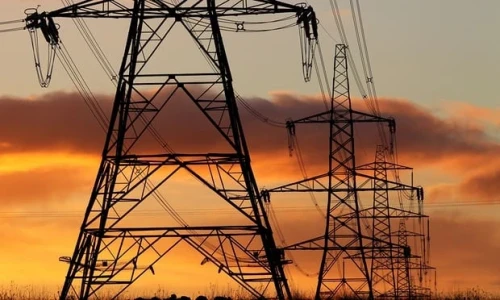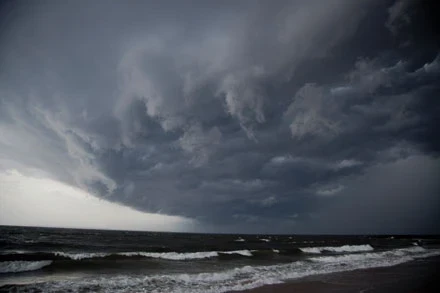Climate Change Impacting Bird Migration Patterns

Climate change is increasingly influencing bird migration patterns, affecting the timing, routes, and destinations of many species. These alterations have significant implications for ecosystems, conservation efforts, and our understanding of avian behavior.
Shifts in Migration Timing
Rising global temperatures have led to earlier springs and altered food availability, prompting birds to adjust their migration schedules. Some species are arriving at breeding grounds earlier, while others are departing later for their wintering habitats. This shift can lead to mismatches between birds' arrival times and the peak availability of their food sources, potentially impacting breeding success and survival rates.
Changes in Migration Routes and Destinations
Climate-induced alterations in habitat suitability are causing birds to modify their traditional migration routes and stopover sites. For instance, species that typically migrate to northern breeding grounds are now settling in areas farther north due to warming temperatures. Additionally, some birds are overwintering in regions that were previously too cold, taking advantage of milder winters. These changes can lead to increased competition for resources and challenges in finding suitable habitats.
Impact of Phenological Mismatches
The timing of migration is closely linked to the availability of food resources. Climate change can cause a decoupling of these events, known as phenological mismatch. For example, if insects hatch earlier due to warmer temperatures but birds do not adjust their migration timing accordingly, the birds may arrive after the peak food availability, affecting their reproductive success. Such mismatches can lead to reduced offspring survival and may force birds to adapt their diets or behaviors.
Case Study: Edmonton's Bird Migration
In regions like Edmonton, noticeable changes in bird migration have been observed. Traditionally, certain species would migrate south as temperatures dropped, but now, some are choosing to remain in the area longer or adjust their routes. This behavior is attributed to the warming climate, which affects the availability of food and suitable habitats. Local experts note that these changes can have cascading effects on local ecosystems, as the arrival and departure of migratory birds play crucial roles in seed dispersal, insect population control, and overall biodiversity.
Broader Implications
The alterations in migration patterns have broader ecological and conservation implications. Ecosystems rely on the predictable movements of migratory birds for functions like pollination, seed dispersal, and maintaining insect populations. Disruptions in these patterns can lead to imbalances in local ecosystems. Conservation strategies must adapt to these changes by monitoring bird populations, protecting critical habitats along migratory routes, and conducting research to understand and mitigate the impacts of climate change on bird behavior.
Climate change is a driving force behind the evolving behaviors of migratory birds, influencing when, where, and how they travel. These changes present challenges for conservationists, policymakers, and communities that depend on the ecological services provided by these birds. Addressing these challenges requires a concerted effort to understand the underlying causes of migration shifts and to develop strategies that support both birds and the ecosystems they inhabit.








